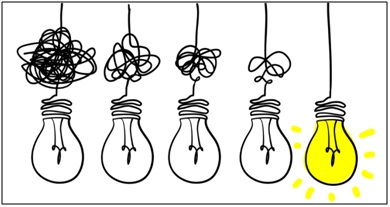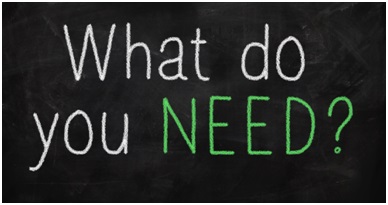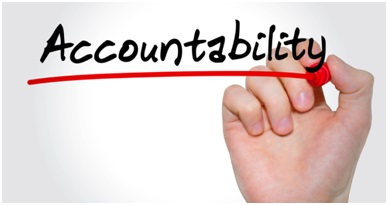A Coaching Model By Wendy Sadd, Life Coach, NEW ZEALAND

Discovery
People often come to coaching knowing what they want, they are clear on their current reality and they want something to be different, but they are not taking the action to make the changes required to bring their preferred reality to fruition.
The coaches job is to find out what’s going on with the client, to listen for what is preventing the client from taking action, and then to support and partner with the client to commit to taking the action required
Here we seek to understand the client’s current situation and we ask questions to help the client to discover what they want and what’s important about what they want.
Some questions that may help with the discovery:
- What is the most important problem that you want to solve?
- If making this change was easy, you would have done it already. What makes it difficult?
- Is this a one-time issue or something you have struggled with a lot?
- Do you need to change your situation, or change the way you respond to it?
- What are your expectations in this situation? Are those expectations serving you well or frustrating you?

Clarity
Generally, if clients say they are clear about what they want to change and are not taking the required action to get there, there will be some resistance preventing them from doing what’s required. Gaining and understanding what the client is struggling with is essential. Change is hard. The coach must hold a space that is psychologically safe for the client so that they feel safe enough to express their fears, insecurities, and limitations without the fear of judgment.
These are some questions that can help the client to gain awareness and insights about their struggles.
- What hard things are you avoiding doing?
- What hard truth are you avoiding knowing?
- What comes up for you when you think about doing what is required?
- What will you be letting go of or losing, if you make the changes required?
- What stories are you telling yourself?
The answers to these questions will help the client to create awareness about what’s going on. Fear and low self-confidence often prevent clients from taking action. Sometimes, the client may discover that their goal has changed. Sometimes clients will identify competing commitments that are creating internal conflicts within them and sometimes the client may have unresourceful thinking patterns.
Getting clarity about what is holding clients back is crucial. When a client understands what’s holding them back, they have the power to change it.

Needs
When we have clarity and understanding about the things that the client is struggling with, we can partner with them to identify what they need now.
The client must decide what they need. The client may now have many new insights and ah ha’s about what is going on for them and if that is the case, they may have to reflect on what they need to do next to move them forward.
Asking the client the following questions will help them to get clarity on what they want to do next.
- What do you need most, right now?
- What do you want to work on next?
- What would be most helpful now?
- How can I best support you now?
- What are your new learnings?
These questions allow the client to reflect on what will be most helpful for them to work on next.

Taking Positive Action – A Path to Reach Your Goals
You can’t cross the sea merely by standing and staring at the water. Rabindranath Tagore
I want my clients to succeed, so I must help them set up an environment that supports success. Co-creating an action plan with my client using the SMART goals framework empowers and supports success.
This approach helps the client to reflect on several questions that they need to think about so that they are consciously creating their goals.
Specific – Check with the client that the action is clear and specific, otherwise they won’t be able to focus their efforts or feel truly motivated to achieve it. Ask the following “W” questions.
- What do you want to accomplish?
- Why is this action important?
- Who is involved?
- Where is it located?
- What resources or limits are involved?
Measurable – It’s important to have measurable goals
- How will you know when you have accomplished this goal?
Achievable – Check that the goal is achievable
- How can I accomplish this goal?
- How realistic is the goal, based on other constraints? e.g time, commitments
- What support or resources will you need?
Relevant – Ensuring the goal matters to the client and that it supports their overall outcomes
- Is this the right time?
- Does it move you towards your overall outcomes?
Timing – Every goal needs a target date so that you have a deadline to focus on and something to work towards
- When will you complete this goal?

Accountability
Many people don’t understand what accountability is, why it’s important or where it starts.
Accountability is a helpful tool that provides additional support for a client to achieve their goals and dreams.
Having a discussion with my client about who is going to hold them accountable. Do you want their coach to hold them accountable or someone else? How frequent will the accountability be? What will accountability look like? Will it be an email, phone call, or text message?
Getting the client to reflect on accountability and then implementing an accountability plan can make a huge difference between success and failure.
A study by The American Society of Training and Development found that people are 65 percent likely to meet a goal after committing to another person. Their chances of success increase to 95 percent when they build ongoing meetings with their accountability partners to check in on their progress.
References